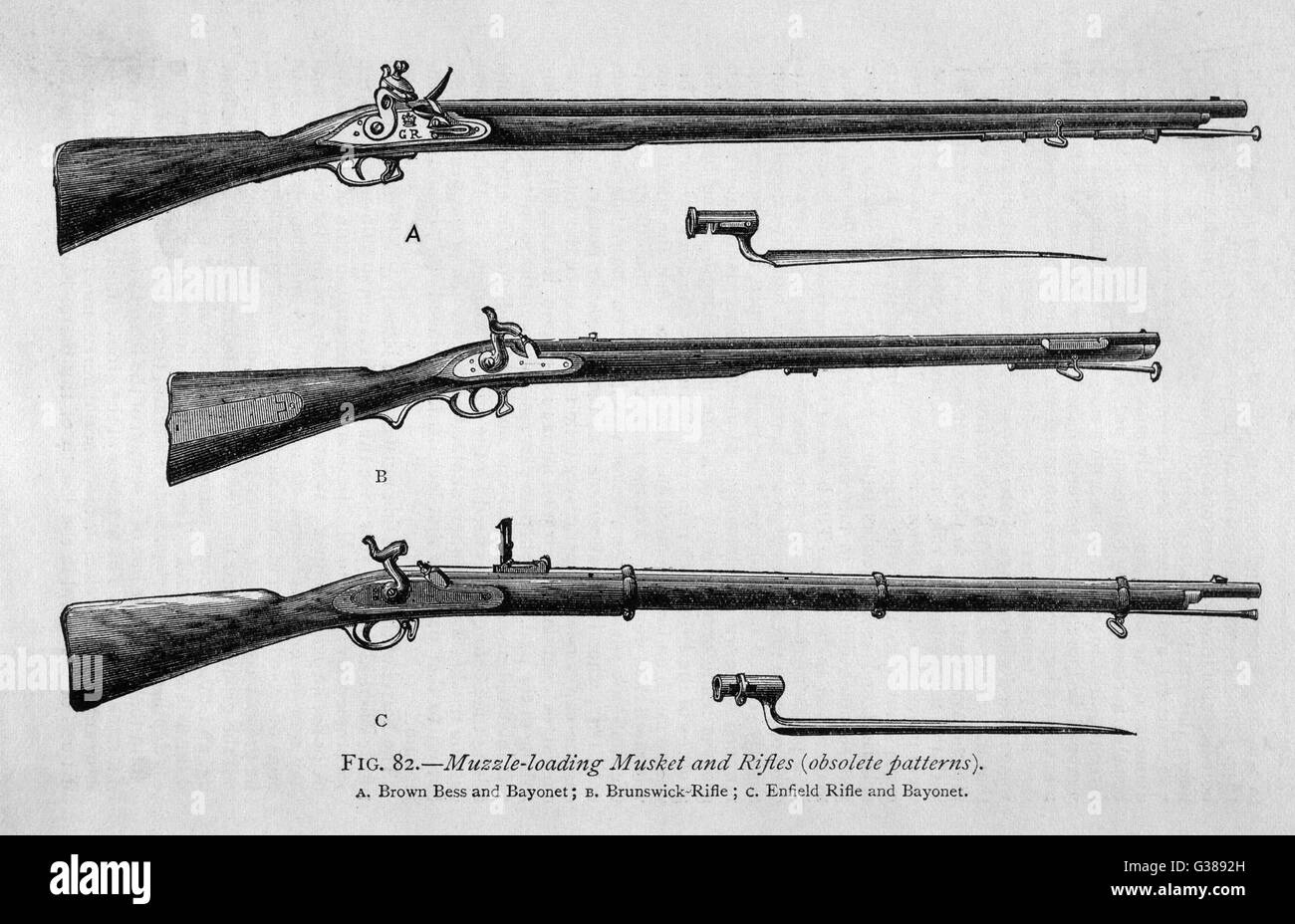

However, the American Enfield was to be a saving grace when the United States declared war on Germany in April 1917.Īccording to Maj. Because of its inherent accuracy, some P-14's did see limited use as scoped snipers, but most ended up serving in a reserve or training capacity. The irony is by the time American P14 production was in high gear, the rifle was no longer needed by the Brits who now had ample supplies of SMLEs. Winchester production was undertaken at New Haven, Conn., and Remington production at Ilion, NY and Remington of the Delaware at the Eddystone, Penn., plant. Contracts were let and from 1915 to 1917, 1,233,075 Pattern 14 Enfields at an average cost of $37.46 were produced in America. You find yourself a safe production base-the United States, specifically, Remington and Winchester. 303 caliber and labeled the Pattern 1914-but you can make SMLEs. OK, it's 1914, you have an advanced military bolt action design, you're suddenly sucked into a world war, you have no capacity to manufacture the Pattern 1913-now converted to. It was a promising cartridge development but it, too, died a bureaucratic death when NATO adopted the 7.62mm and later, the 5.56mm. 280 Enfield cartridge after World War II, chambered in the EM-2 bullpup rifle. Then again, not to let a good idea die, the Brits returned to the 7mm with their short. It wasn't as "hot" a round as the Brits', producing approximately 2,700 fps with a 126-grain bullet, but it suffered a similar fate when Chief-of-Staff, General McArthur, deep-sixed it in 1932. 276 Pedersen round, experimentally chambered in Pedersen's semiauto, toggle-breech design and the Garand. 303, "The flash and the violence of the blast issuing from the muzzle were unduly great." Loaded with cordite powder, the 7mm cartridge quickly eroded barrels and reportedly produced high-pressure spikes when rifle and cartridges got hot.Īs an aside, what is intriguing about the British experiment with a 7mm military cartridge is the United State's flirt with the. While from the standpoint of ballistics, the. 276" cartridge was semirimless, loaded with a 165-grain bullet producing 2,800 fps from the Pattern 13's 26" barrel. 303 cartridge.Īccording to the British 1929 Textbook of Small Arms, the. With the outbreak of the World War I, the decision was made to abandon the new 7mm cartridge and to retool the design for the. 276 Enfield cartridge only 1,257 were manufactured for trials.

Known as the Pattern 1913 and chambered for the. What emerged in the 1912 to 1914 period was a very advanced bolt action chambered for a large 7mm rimless cartridge.


The Royal Small Arms Factory at Enfield Lock undertook the task of designing the concept rifle. Among other features, the new rifle was to incorporate a Mauser-type action with front locking lugs and a non-rotating extractor, a one-piece stock, an aperture rear sight, be chambered for a rimless cartridge, have fewer parts and be easier and cheaper to manufacture than the SMLE. Its story is one of the most intriguing tales in surplus arms history.Īs early as 1910, the Small Arms Committee of the British War Office had begun defining the desirable characteristics of a new title to replace the SMLE and the. Refined, robust, and accurate, the P-14/M1917 Enfield rifle was dropped by the British, adopted by the Americans, and evolved into one of the nicest sporting arms ever produced in the US. Guns Magazine, Jan, 2007 by Holt Bodinson The P-14/M1917 Enfield: our most-issued WWI battle rifle was a British design


 0 kommentar(er)
0 kommentar(er)
